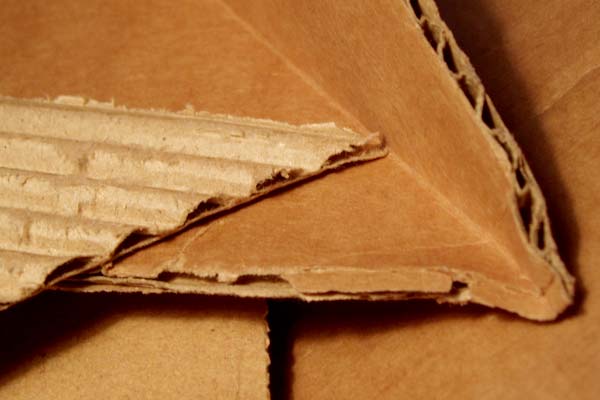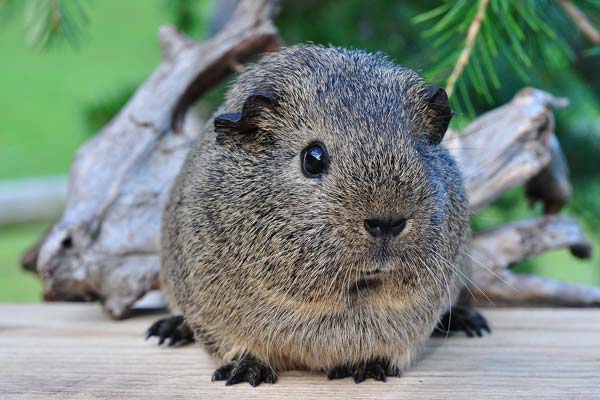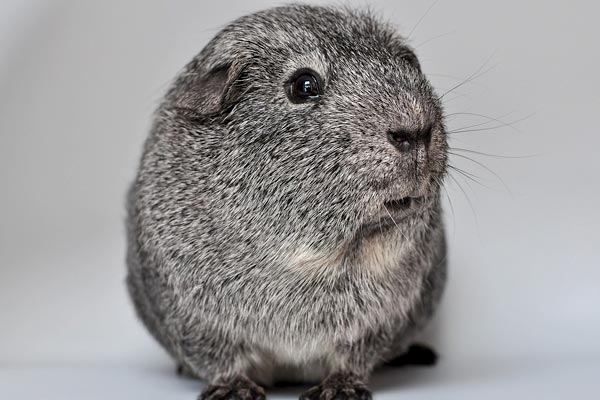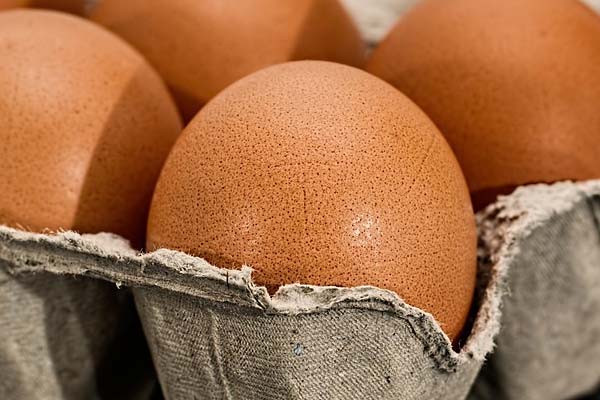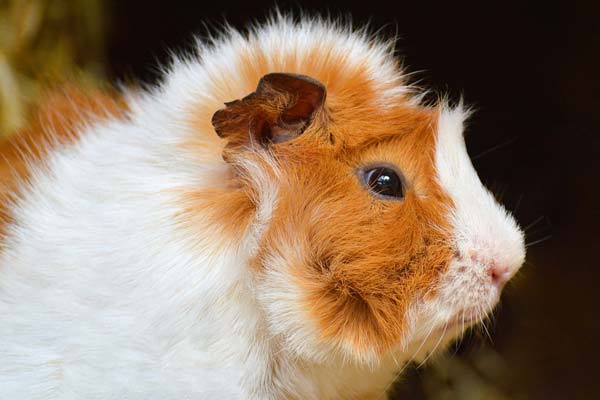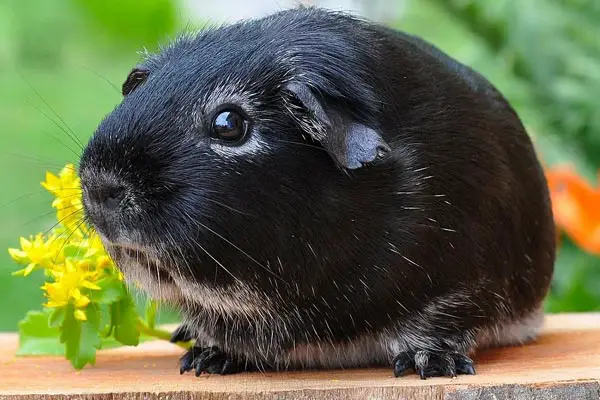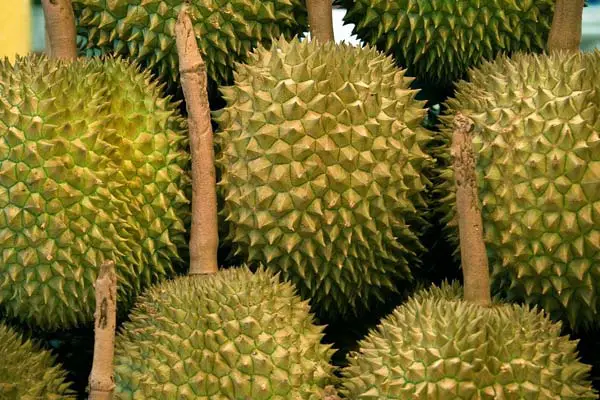Can Guinea Pigs Chew on Cardboard? Dos and Don’ts for Owners
Guinea pigs are adorable and friendly pets that require a lot of attention and care. One of the things that guinea pig owners often wonder about is whether or not their pets can safely chew on cardboard.
The answer is yes, guinea pigs can chew on cardboard, but there are some essential things to keep in mind to ensure their safety.
Cardboard is made from wood, a natural material that guinea pigs can safely digest. However, not all cardboard is created equal. It’s essential to ensure that the cardboard you give your guinea pig is free from harmful chemicals or dyes that could harm their health.
Additionally, you should monitor your guinea pig while chewing on cardboard to ensure they are not ingesting too much of it, which could lead to digestive problems.
Understanding Guinea Pig Chewing Behavior
Guinea pigs are known for their chewing behavior, an essential part of their daily routine. Chewing helps keep their teeth healthy and prevents overgrowth, which can cause dental problems.
Dental Health Benefits of Chewing
Guinea pigs have continuously growing teeth, and chewing is necessary to wear them down. Chewing also helps stimulate blood flow to the gums, which keeps them healthy.
If a guinea pig’s teeth become too long, it can cause discomfort, pain, and even dental disease. Therefore, providing safe materials for chewing is crucial for their dental health.
Safe Materials for Guinea Pig Chewing
Guinea pigs chew on anything they can get their teeth on, so providing them with safe materials is essential. Here are some safe materials for guinea pig chewing:
- Hay: Guinea pigs need hay in their diet, which also serves as an excellent material for chewing.
- Wood: Untreated, unpainted, and unvarnished wood is safe for guinea pigs to chew on. Apple, pear, and willow branches are great options.
- Cardboard: Guinea pigs may enjoy chewing on cardboard or paper as a form of enrichment, but it is crucial to ensure that the cardboard is clean and free of any potential hazards, such as staples or glue.
- Safe chew toys: Many safe chew toys are available for guinea pigs, such as wooden blocks or balls explicitly made for them.
It is essential to avoid giving guinea pigs unsafe materials to chew on, such as plastic, metal, or painted wood. These materials can be harmful and cause health problems for guinea pigs.
Is Cardboard Safe for Guinea Pigs to Chew?
Guinea pigs are known for their chewing behavior, and cardboard is a common item that guinea pigs may enjoy gnawing on. However, it is crucial to consider cardboard safety for guinea pigs before allowing them to chew on it.
Cardboard Composition and Potential Risks
Cardboard is made from wood pulp, which is a plant-based material. As such, it is generally safe for guinea pigs to chew on and ingest in small amounts. However, cardboard can also contain potentially harmful additives such as glue or ink, toxic to guinea pigs if ingested in large quantities.
If a guinea pig chews on moldy or contaminated cardboard, it can cause respiratory and gastrointestinal problems.
Differentiating Eating vs. Gnawing Cardboard
Differentiating between guinea pigs gnawing on cardboard for enrichment and consuming it is crucial. While chewing on cardboard is generally safe, ingesting large amounts can lead to health problems like intestinal blockages, which can be fatal for these small animals.
Identifying Hazardous Cardboard Types
Not all cardboard is created equal, and it is essential to identify hazardous cardboard types that may pose a risk to guinea pigs. For example, cardboard treated with chemicals, staples, or plastic coatings should be avoided.
Benefits of Allowing Guinea Pigs to Chew on Cardboard
Guinea pigs are known for their chewing behavior, and cardboard is a popular item for them to chew on. There are several benefits to allowing guinea pigs to chew on cardboard, including dental care and mental stimulation.
Dental Care and Mental Stimulation Through Chewing
Chewing on cardboard can help wear down a guinea pig’s constantly growing teeth, essential for their dental health. Additionally, chewing on cardboard can stimulate guinea pigs mentally, preventing boredom and promoting overall well-being.
However, monitoring guinea pigs while chewing on cardboard is crucial to ensure they do not ingest too much. Ingesting too much cardboard can lead to digestive issues and potential choking hazards.
Guidelines for Introducing Cardboard Safely
When introducing cardboard to a guinea pig’s environment, ensure it’s clean and hazard-free. Monitor them while chewing to prevent over-ingestion or potential hazards like staples or glue.
Safe Chewing Alternatives for Guinea Pigs
Guinea pigs love to chew on things, and providing them with safe options to satisfy their chewing needs is crucial. While cardboard is a popular choice, there are better options than cardboard. Here are some safe chewing alternatives for guinea pigs:
Recommended Paper and Wood Products
- Paper-based products: Guinea pigs can safely chew on paper-based products such as paper towels, newspaper, and tissue paper. However, remove any staples or tape before giving them to your guinea pig.
- Wooden toys and chews: Wooden toys and chews are an excellent option for guinea pigs to chew on. Ensure the wood is untreated and free of any chemicals or preservatives. Some good choices include applewood sticks, willow balls, and wooden blocks.
- Hay-based products: Hay-based products such as hay cubes and mats can also be a good chewing option for guinea pigs. These products are made from compressed hay and provide a good source of fiber for your guinea pig.
Guinea Pig-Friendly Alternatives to Cardboard
- Paper bags: Paper bags are a safe and affordable alternative to cardboard. Remove any handles or strings before giving them to your guinea pig.
- Woven grass mats: Woven grass mats are an excellent option for guinea pigs to chew on. These mats are made from natural grass and provide a good source of fiber for your guinea pig.
- Popsicle sticks: Popsicle sticks are a safe and inexpensive option for guinea pigs to chew on. Make sure to use plain, untreated popsicle sticks.
Safe alternatives for guinea pigs to chew on should not replace hay or fresh food. Always supervise them with new items to ensure their safety.
Potential Dangers of Cardboard Chewing
While cardboard can be a safe and enjoyable chew toy for guinea pigs, there are potential dangers. It is vital to take precautions to ensure your guinea pig is not exposed to hazardous components and to monitor their behavior for signs of intestinal obstruction.
Hazardous Components in Colored Cardboard
Some colored cardboard may contain hazardous components that can harm guinea pigs if ingested. For example, some colored cardboard may contain lead or other toxic substances. It is crucial to avoid giving your guinea pig any colored cardboard and only provide plain, uncolored cardboard.
Signs of Intestinal Obstruction and Appropriate Responses
If your guinea pig ingests too much cardboard or other materials, they may experience an intestinal obstruction. Signs of an obstruction include decreased appetite, lethargy, and reduced or absent bowel movements. If you notice any of these signs, it is crucial to seek veterinary care immediately.
In some cases, surgery may be necessary to remove the blockage. However, if caught early enough, your veterinarian may be able to treat the obstruction with medication or other non-invasive methods.
Introducing Cardboard to Guinea Pigs
When introducing cardboard to guinea pigs, it is crucial to do so gradually and monitor their behavior closely. While cardboard can be safe for guinea pigs to chew and eat, it should only be given to them in small amounts as an occasional treat.
Gradual Introduction and Monitoring
To start, offer your guinea pig a small piece of cardboard and observe their reaction. If they show interest, you can slowly increase the cardboard you provide. However, it is vital to monitor their behavior closely to ensure they do not consume too much cardboard, as this can lead to health problems.
Ensuring the cardboard is clean and free from harmful chemicals or adhesives is also vital. Plain cardboard without any printing or coatings is the safest option.
Encouraging Interest in Cardboard Chew Toys
Try rubbing a small amount of hay or vegetable scent on the cardboard to encourage your guinea pig’s interest in cardboard chew toys. This can make it more appealing to your guinea pig and encourage them to chew on it.
Providing alternative chew toys, such as wooden blocks or hay cubes, can also help to prevent your guinea pig from consuming too much cardboard.
Frequently Asked Questions (FAQs)
Guinea pigs are known to be avid chewers, and cardboard is one of the materials they enjoy chewing on. Below are some commonly asked questions regarding guinea pigs and their interaction with cardboard:
Is Recycled Paper Safe for Guinea Pigs?
Recycled paper can be safe for guinea pigs if clean and toxins-free. However, it’s important to note that not all recycled paper is made equally, and it’s best to check with a veterinarian or pet store to ensure the safety of the paper.
Can Guinea Pigs Chew on Other Materials Besides Cardboard?
Yes, guinea pigs are known to be avid chewers and can chew on various materials such as wood, hay, and even some fruits and vegetables. However, it’s crucial to ensure that the materials are safe for them to consume and are not a health hazard.
Should guinea pigs be provided with a hutch or a cage?
Guinea pigs should have a spacious hutch or cage to move around freely and engage in natural behaviors such as running and jumping. The size of the hutch or cage should be appropriate for the number of guinea pigs and should be cleaned regularly to ensure their health and well-being.
Should Guinea Pigs Be Provided with Chew Toys?
Yes, guinea pigs should have access to chew toys for teeth maintenance and enrichment. However, it’s crucial to ensure the chew toys are safe and pose no health hazards.
What Should Be Done If a Guinea Pig Ingests Something Harmful?
If a guinea pig ingests something harmful, such as a toxic substance or a foreign object, seeking immediate veterinary care is vital. Signs of ingestion may include loss of appetite, lethargy, vomiting, and diarrhea.

